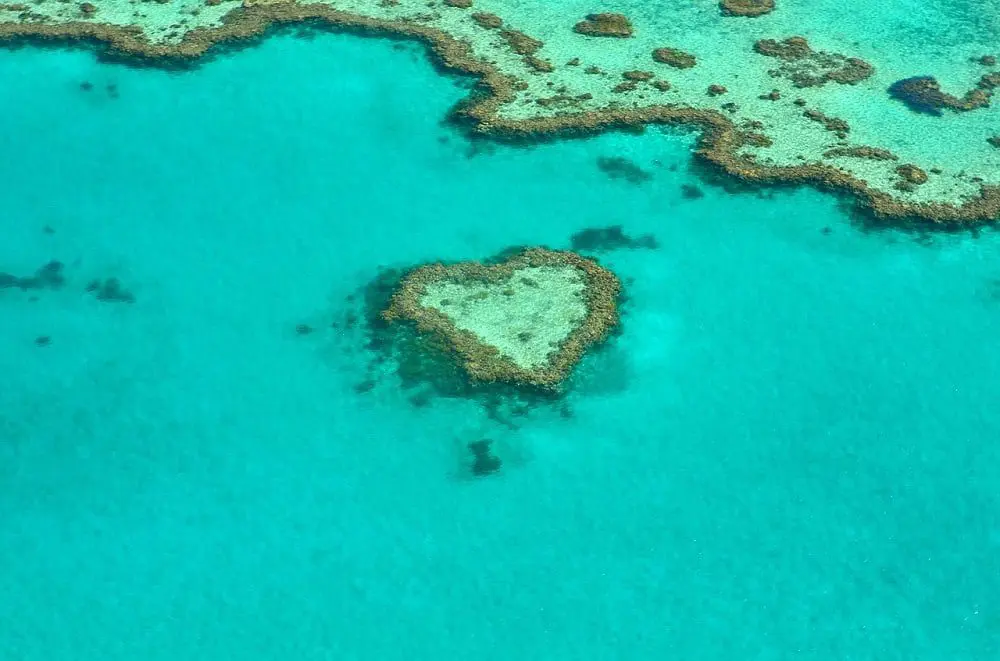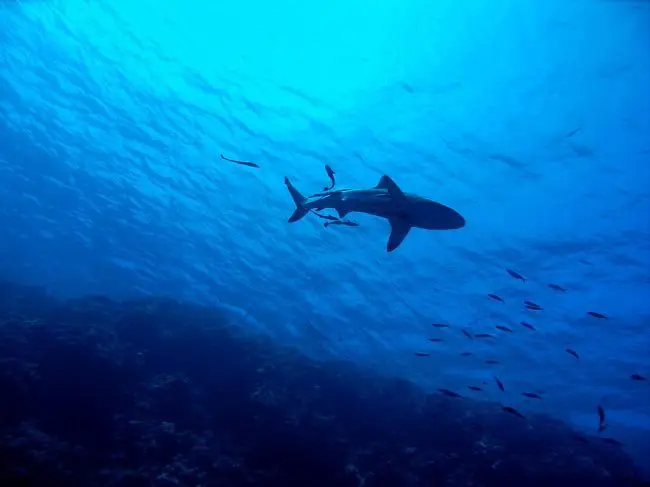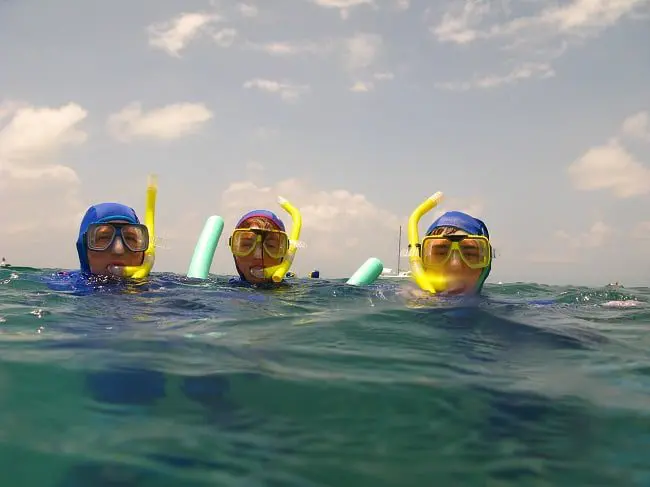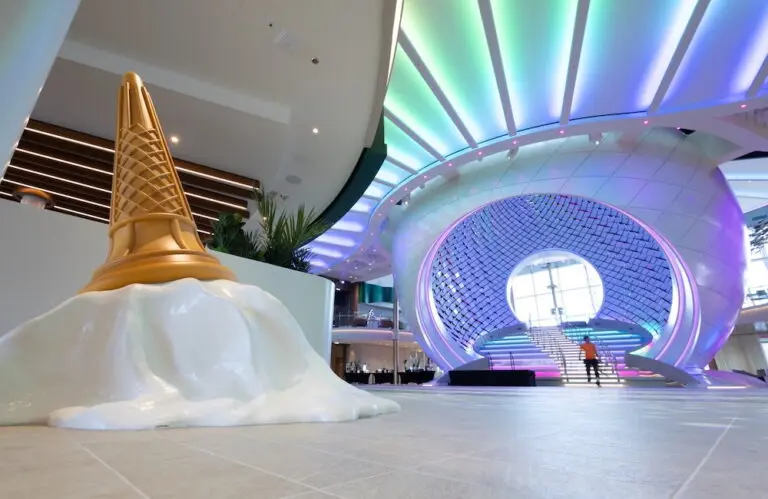The Great Barrier Reef appears to be recovering from recent bleaching events better than expected, although concerns remain over its future.
Scientists said record-breaking warm waters along the Queensland coast had triggered widespread bleaching over 1500 kilometres of the World-Heritage-listed reef over the two summers. The popular tourist sector between Townsville and Cairns was particularly impacted.
“It takes at least a decade for a full recovery of even the fastest growing corals, so mass bleaching events 12 months apart offers zero prospect of recovery for reefs that were damaged in 2016,” Dr James Kerry, who participated in the survey, said.
However, the recent sighting of tiny sacs of white eggs in bleached coral reefs between Townsville and Cairns has improved the outlook.
In September, researchers from the Australian Institute of Marine Science reported signs of new life in some of the areas worst affected by bleaching events in 2016 and earlier this year.
AIMS’ Dr Neal Cantin said the new findings were “not expected at all”.
‘Previous studies have shown a two to three year delay in reproduction after severe bleaching but at most of the reefs we are finding colonies of Acropora (branching hard coral) colonies with early signs of egg development in shallow waters, 3m to 6m deep,” he said.
The news will be welcomed by the tourism industry, particularly in Tropical North Queensland.
More than two million people visit the reef each year, generating over $2 billion in tourism dollars.
Earlier this year, executive director of the Association of Marine Park Tourism Operators Col Mackenzie told the Sydney Morning Herald that bleaching was a “real bitch” from a marketing perspective as he predicted tourism numbers would take a hit as a result of the news.
However, it’s still too early to breathe a sigh of relief.
It remains to be seen if the eggs will be successfully fertilised during the annual spawning event on the full moon which falls on December 5.
‘There is concern the eggs may not be able to successfully fertilize and develop into coral larvae,’ Dr Cantin said.
‘The eggs are now white, and just before the spawning event they should turn pink when they are preparing for the spawning.’
The researchers also revealed that some of the more sensitive corals had become rare in areas where they had been abundant as recently as March.
And the degradation of the reef only looks set to accelerate as tropical cyclones become increasingly intense as a result of climate change, according to AIMS. That will make it “increasingly difficult” for reefs to bounce back from future disturbances.
In July, Australia dodged the reef being placed on UNESCO”s “in danger” list despite grave concerns over the natural wonder’s future.
The decision, made at the annual meeting of UNESCO’s World Heritage Committee in Poland, was celebrated as an endorsement of the Reef 2050 plan by both federal and state environment ministers.
However, the WHC highlighted its ongoing concerns over water quality and land clearing in Queensland, saying more must be done to protect the reef.
READ: Australia facing Great Barrier Reef tourism challenge
READ: Bad news keeps coming for the Great Barrier Reef









